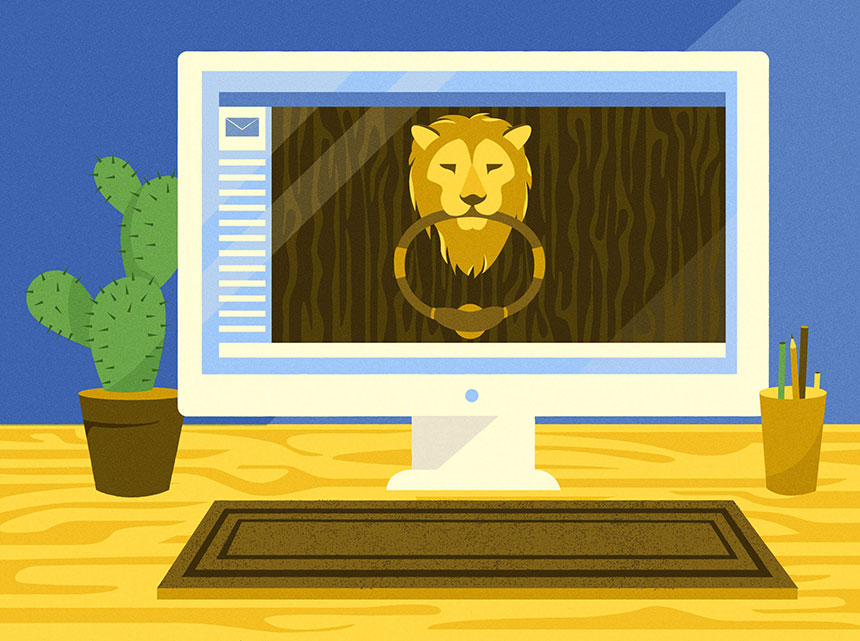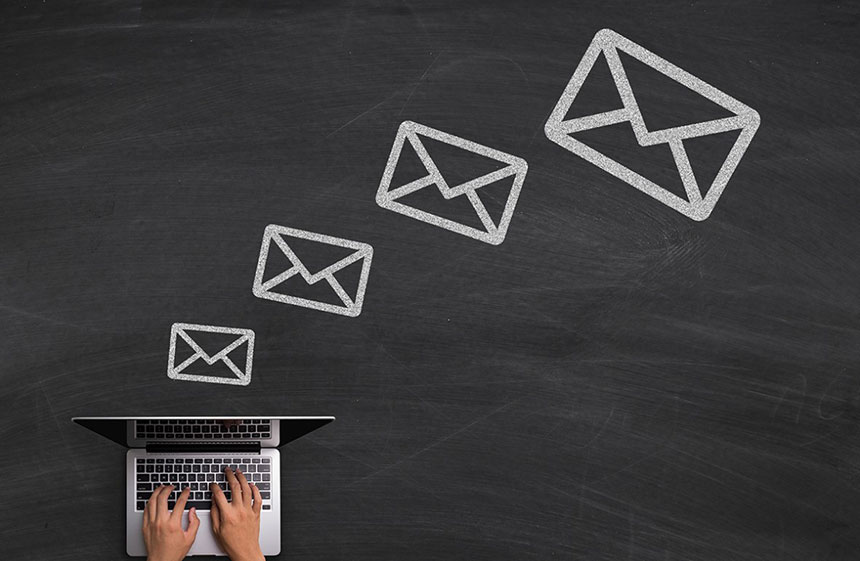Know your email intro etiquette
Email remains the backbone of what we do
Email extends to connecting two people who have never met IRL, which is often the only realistic way to introduce two busy people. While a good email intro makes you feel seen, a bad introduction makes you feel like a subcontractor in a business you don’t run. We’ve gotten some intros in the past that were essentially ‘Please do some tedious and unrewarding work for this person so I don’t have to.’”
Luckily, how to write and respond to introductions over email is a skill that can be learned. Below, professionals who have sent (and received) their fair share of introductory emails share tips for mastering the craft.
But first, a note: When receiving an introductory email, it’s important to remember the stakes, which are usually, in the grand scheme of things, quite low. Yes, receiving a poorly constructed introduction is annoying and potentially time-consuming, but we need to be much more vigilant about our own behavior and much more forgiving of others’ behavior. As a fundamental rule, there are worse problems in the world than people we know trying to introduce us to someone.
On to strategies for how to do email introductions right.
Ask for opt-ins.
As a general rule, check that both parties are receptive to the introduction before facilitating the connection. Make sure the people being intro-ed know this email is coming. A newsletter that rounds up the best profiles on the Internet each week. Do not surprise.

In other words, the first step in a successful email introduction is rarely the introductory email itself. Instead, start by messaging the sought-after party and asking “‘Hey, I’d love to introduce Joanna to you; she’s working on a new project that I thought you’d love to hear about, and she has questions about X, Y, and Z that you could be really helpful in answering for her,’” . And then you wait. You can follow-up once or twice, but if you don’t hear back, you drop it.
Pre-intro checks don’t always have to be formal. If you know one of the parties well, it can be as simple as sending a text or a message on Slack or Collab. No matter the method, it’s great to get a heads up, especially if someone is very busy or super senior to make it easier on everybody.
As the connector, it’s also good protocol to make the mechanisms of the introduction clear to both parties: Most bad intros are bad because either the person making the intro or the person being introduced conveys a sense of unwarranted entitlement to your time and energy.
Should you receive an intro request you’d like to decline, go ahead and say no. You can explain yourself if you’d like, “but you don’t have to give a reason.”
Evaluate the power dynamics.
No two introductory emails are exactly the same. One of the most important variables is the power dynamics between the two people being introduced. Oftentimes, there is a clear imbalance, such as when you are connecting a job seeker with a potential job giver. In cases like this, it’s crucial to privately check in with both parties beforehand, especially the person with more power to ensure they are up for the introduction.
In instances where the power dynamic is equal it doesn’t always pre-clear an introduction because it’s less transactional in nature. Just make sure the power dynamics are truly level. If one person is immediately going to want something from the other person, even if they are of equal standing, then it reverts to case one.
State the reason for the introduction.
A good introductory email makes its purpose clear. The hardest thing is when you don’t know why someone is introducing you, a situation in which it’s easy to disappoint just because you didn’t know what was expected of you. It’s awkward.

After explaining why he is making the introduction, sometimes you need to nudge one person to take the next step. Often, this is the person who has more to gain from the exchange.
Either way, after making the initial intro, make it clear that your job is done. End it with ‘I’ll let you guys take it from here’ and don’t involve yourself more.
A go-to sign-off is a firm but polite: “I’ll leave it to the two of you to be in touch with one another. Please feel free to leave me off the thread going forward.”
Provide context.
This ties directly back to the previous strategy: Not only should your introductory email’s purpose be clear, but you should explain who each person is and, when necessary, what they do. "This person is really cool!" is not context.
Often, this means including a brief professional bio. Hyperlinks, to websites or bodies of work, are your friend here. If I say someone is an amazing writer, I’d link to one great story he did.
Under the right circumstances, this is also the place to include personal details. When making an email introduction, you need to include one fact about each person that is not work-related. It could be a shared interest, or something out of left field. Such details, no matter how random, make it easier for people to kickstart a conversation that sounds human rather than robotic.
Keep it short.
“Always ask yourself: What’s the point of this email? Cut out the small talk that normally clutters the beginning of emails. No one wants to read big blocks of text…especially for a first email.

In addition to being time-consuming, a wall of words can be intimidating. “The longer you make your email, the more pressure it creates.
Avoid hyperbole.
Connecting two people can come with the well-intentioned impulse to talk up both parties, which explains why so many introductory emails are riddled with superlatives. This is often unnecessary. If I trust you enough to be interested in your introduction, I don’t need to be flattered to take it.
Taken too far, hyperbole can be counterproductive. Overselling, particularly when it comes to someone’s job title, is a recipe for awkward moments. (Erroneously promoting someone from an associate at a law firm to a partner, for example, creates a situation in which they are forced to clarify.)
Everyone doesn’t have to be amazing. It’s a sweet impulse, but it can actually makes people feel badly. If you must embellish, you can exaggerate someone’s personal qualities without exaggerating their professional qualifications.
Thanks to Adobe 99U